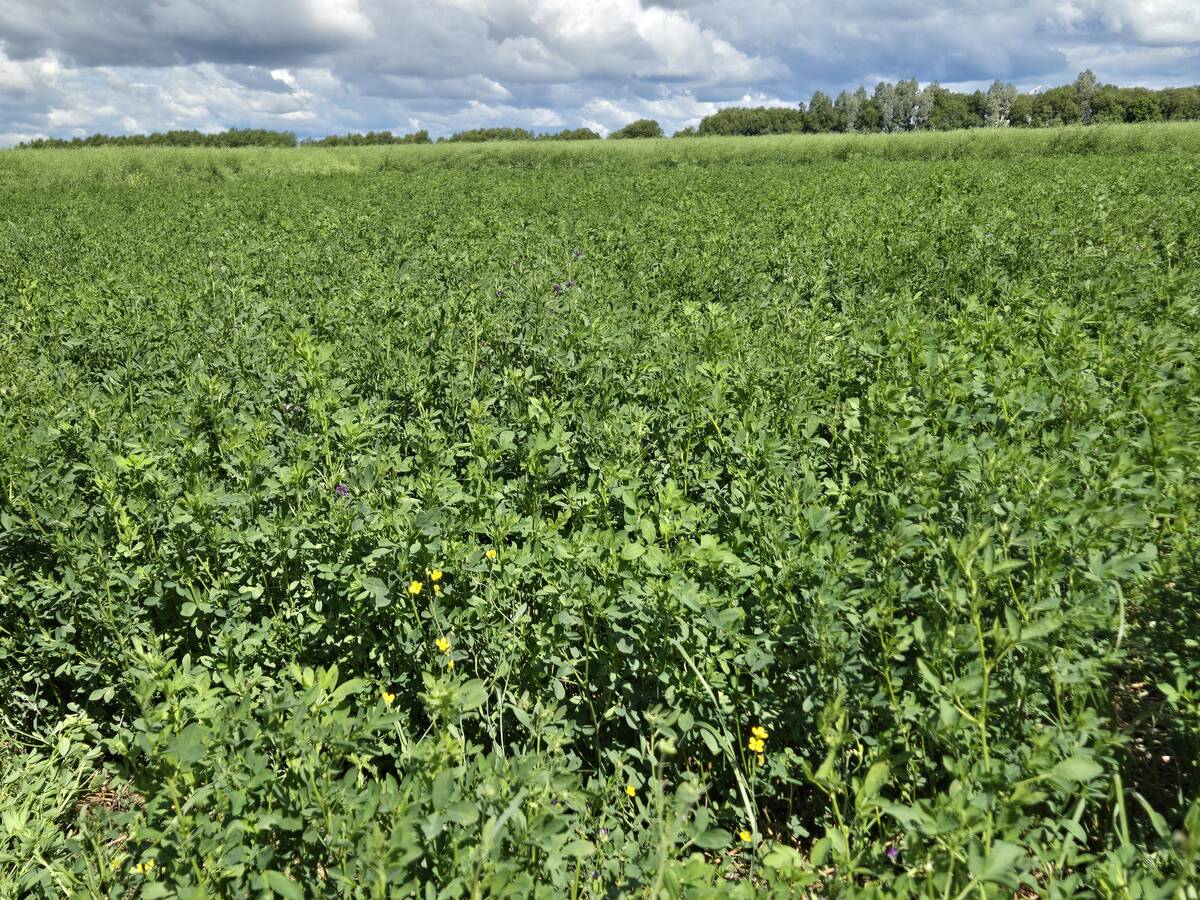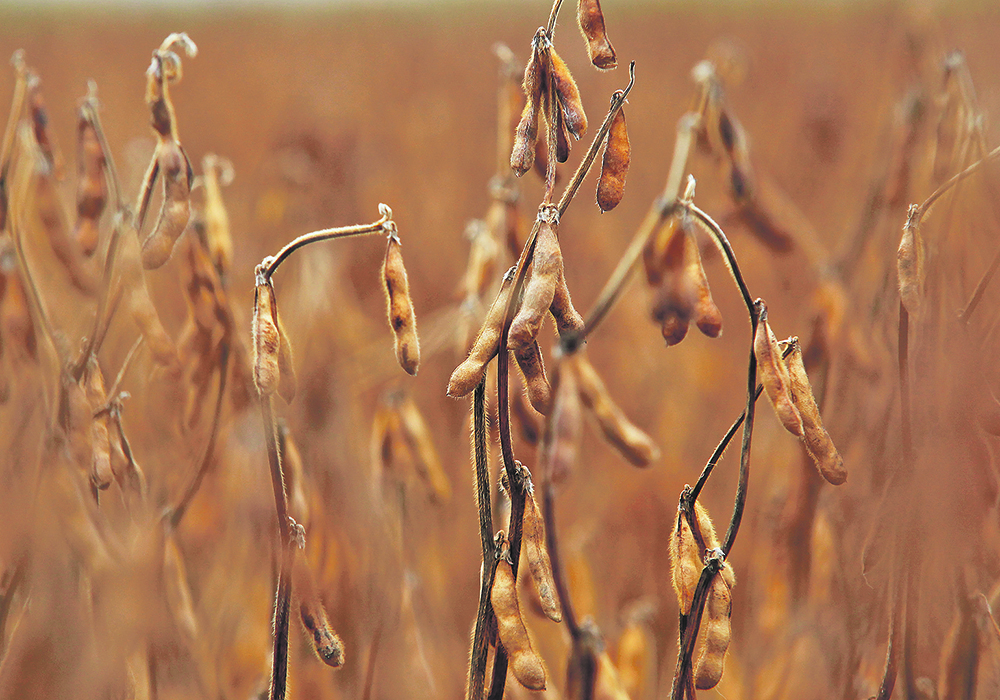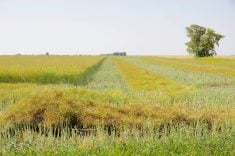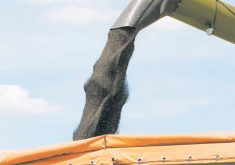Early-maturing varieties grown in Manitoba have a reputation for low protein and face a discount in global markets
WINNIPEG — A San Francisco company may soon commercialize a line of high-protein soybeans, which could lead to peas, wheat and other crops with more protein in the grain.
In April, The U.S. Department of Agriculture approved the development of the gene-edited, high-protein soybeans, saying they don’t require further review or regulation.
Amfora, the company that designed the soybeans, said its ultra-high protein soybeans contain approximately 25 percent more protein than conventional beans.
“The (USDA) ruling opens the door for Amfora’s gene-edited soybeans to provide a scalable, low-cost, high-density protein source,” Amfora said in a news release.
Read Also

Manitoba Parkland research station grapples with dry year
Drought conditions in northwestern Manitoba have forced researchers at the Parkland Crop Diversification Foundation to terminate some projects and reseed others.
“The company expects to apply this patented technology to other food and feed crops, including peas and other legumes, and grains, including rice and wheat.”
Researchers with Amfora used CRISPR, a gene editing technology, to “up-regulate” the activity of a specific gene in soybeans. That increased the amount of protein and decreased the level of carbohydrates in the beans.
The San Francisco firm has filed patents on its technology in the United States and other countries.
If the gene editing technology could be applied to soybean varieties suited for Western Canada, it could be beneficial for Manitoba’s soybean industry.
Buyers expect soybeans to contain a certain percentage of protein because most beans are fed to hogs and other livestock.
The early-maturing soybeans grown in Manitoba have a reputation for low protein. International buyers will discount the value of soybeans from Western Canada if they don’t meet a certain protein level, usually 33 to 34 per cent, based on 13 per cent moisture.
Soybean protein isn’t a concern just in Western Canada. It’s also an issue in Minnesota and the Dakotas. There’s a south-to-north gradient in North America, where protein declines as the climate gets cooler.
“We don’t have (all) the answers for that yet. Some people speculate it’s just a shorter growing season,” Manitoba Pulse and Soybean Growers executive director Daryl Domitruk said several years ago.
As an example, Ontario soybeans typically contain more protein than beans grown in Manitoba.
Canadian Grain Commission quality data for the last 15 years shows that Ontario beans have about three per cent higher protein content.
“Mean protein content in western Canadian samples has been consistently lower and has slightly more yearly variability than the mean protein content in samples from Eastern Canada,” the grain commission says.
It’s unclear how the Amfora technology will affect soybean yields, but if the gene editing means less carbohydrate production in the seed, it’s possible yields will be lower.
In the bigger picture, however, a high-protein variety of soybeans could affect the global marketplace for plant proteins and Canada’s strategy to become a major player in this sector.
The federal government has contributed $350 million to Protein Industries Canada, a non-profit with a mission to make Canada a global leader in production and processing of plant proteins.
It has predicted that value-added processing of plant proteins may represent a $25 billion a year economic opportunity for the national economy.
“We must consider areas of the economy that have the potential to grow and be resilient within this new reality. Canada’s ingredient manufacturing sector is one of those,” said chief executive officer Bill Greuel.
“The federal government’s $350 million investment into Protein Industries Canada has been invaluable in bringing attention to the sector … but we must go further, and with urgency, to build off those investments to ensure Canada remains competitive and captures the value of our commodities to strengthen the Canadian economy.”
The word “urgency” is a critical part of Greuel’s statement.
There may be a massive opportunity for Canada’s plant protein sector, but there’s a risk that companies such as Amfora will capture the market before Canadian firms roll out their own innovations.
“(Amfora’s) ultra-high protein soybeans (are) … an ideal plant-based ingredient for meat alternatives, aquaculture feed and other protein-rich foods,” Amfora said.


















